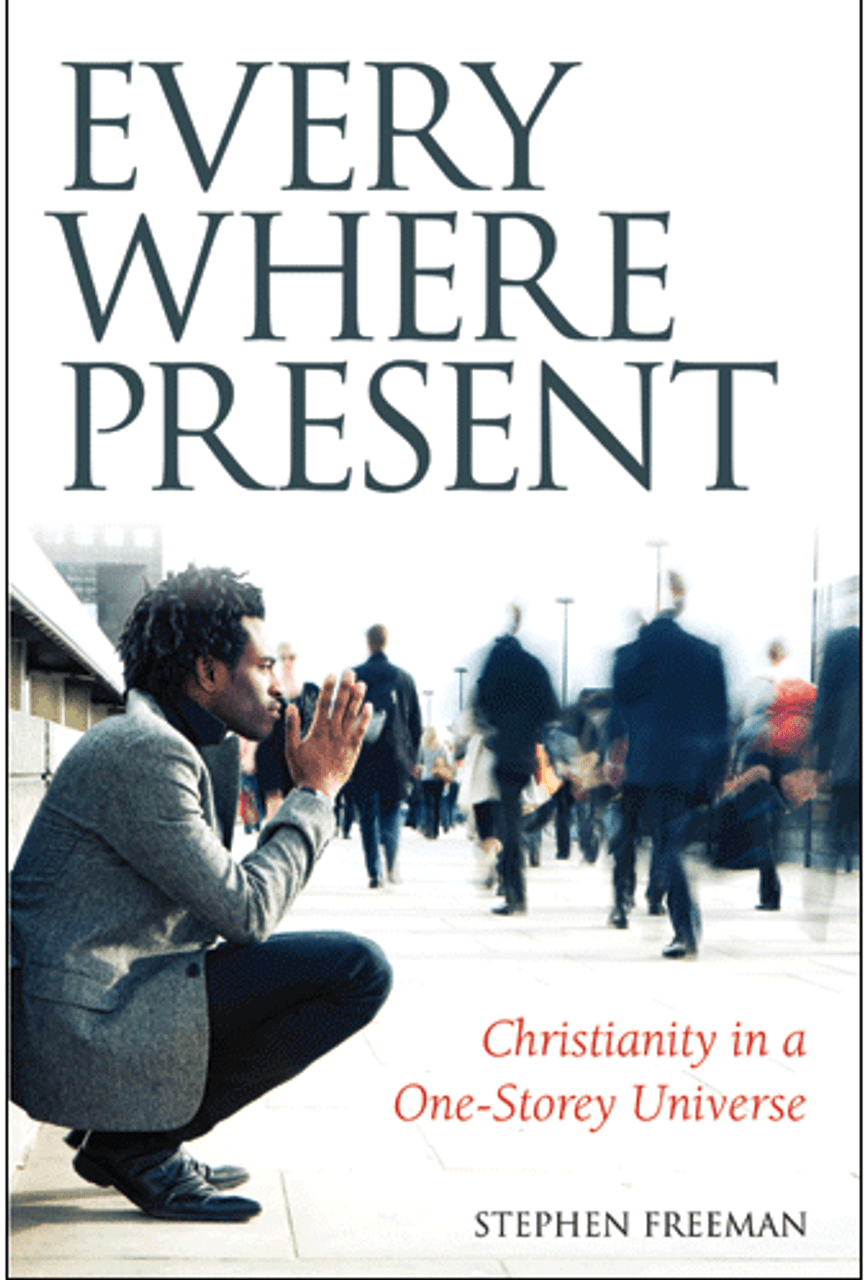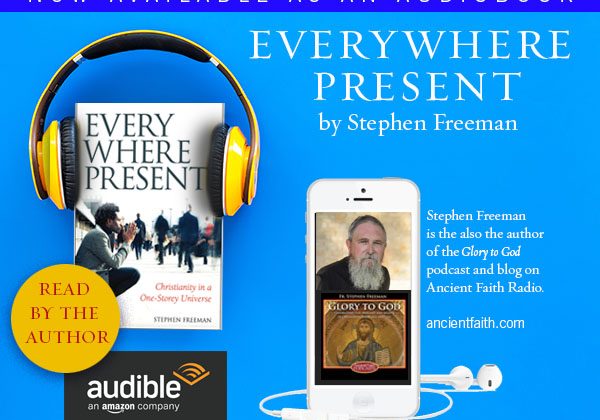
For years I have been told that the meaning of the word hamartia (translated “sin”) means “to miss the mark.” This is certainly accurate. However, the image I have always had in mind has been an arrow aimed at a target and missing the bull’s eye. Thus I have thought of my life as a moral effort to hit the target. This is not incorrect but it leaves out important information. God is the target (not an abstract moral standard) and we ourselves are the arrow. There is a great tendency in our thought to conceive things in stationary, static images. Such images are easier to conceive and explain. Setting everything in motion complicates our efforts to comprehend. However, it is essential to understand that everything is in motion. Oddly, this concept is not some post-modernist imagery of dancing Wu-Li Masters: it is part of the teaching of the fathers of the Church.
The idea of movement and change (both in time and space) was not original with great teachers of the Church (such as St. Basil, St. Gregory of Nyssa, Pseudo-Dionysius or St. Maximus the Confessor). These thoughts originated long before with philosophers such as Plato and Heraclitus. But the fathers of the Church took up the concept and refined it for the use of Christian theology. God’s creation (as we should well know) is everywhere in motion. Every object in the universe is moving (further apart we are told). Even the particles of matter that compose so-called stationery objects (such as rocks) are in motion. Nothing is completely at rest. It is odd for a modern man to discover that such thought is in no way new. However, movement is not the only thing of importance in this patristic understanding of creation. Everything is in motion, and everything has its direction. That direction is its purpose – its reason for existence and reason for continuing in existence. This reason is its logos. The Logos of all logoi (plural), is Christ Himself.
In the beginning was the Logos, and the Logos was with God and the Logos was God. All things were made through Him… (Jn. 1:1)
Each of us has a purpose and reason for existence. For human beings (and all creation), that purpose is union with God.
… [God has made known to us] the mystery of His will, according to His good pleasure which He purposed in Himself, that in the economy of the fullness of times he might gather together in one all things in Christ, both which are in heaven and which are on earth…
It is this purpose and direction that are the mark towards which we move. Whatever causes us to deviate from that mark is what is meant by the Biblical word “sin.” Moving away from the mark distorts our purpose, our inner relationship with God. The result is death and corruption. Christ restores our right relationship with God and through that living communion restores our purpose and direction. We move rightly towards the end for which we were created. Salvation, like all things in God’s creation, is dynamic and not static. Those who reduce salvation to a single moment, “I was saved,” run the risk of distorting the proper understanding of the Christian life. The injection of discrete moments of history (“I made a decision for Christ”) can be misunderstood as describing something which happens once and is finished. But we are moving. A “decision for Christ” is properly a description of a direction rather than a destination.
As directions, our lives need to be referred to Christ at every moment and in every place. Living as part of a vast swirl of movement can be dizzying. It is little wonder that we want to re-imagine the universe in a stable, static form. But the universe will not stand still for such imagination. It continues to swirl while we stare at our delusion. It is customary in some of the monasteries of Mt. Athos to set the central chandelier in motion during the singing of the “polyelion” (the hymn “for His mercy endures forever”) of the all-night vigil. Sometimes the lamps before the icons swing as well. I have heard it described as representing the dancing of the angels before God. It certainly incorporates movement within the worship of the Church. For the liturgy is a great dance – the proper movement of creation itself. We were created as a movement. The continual offering of ourselves to God in praise and thanksgiving is the fulfillment of our very being. We do not need to comprehend the universe. We need to be swept towards Christ.
Some thoughts from St. Dionysius the Areopagite on our motion…
From this Beauty comes the existence of everything,
each being exhibiting its own way of beauty.
For Beauty is the cause of harmony, of sympathy, and of community.
Beauty unites all things and is the source of all things.
Beauty is the great creating cause which bestirs the world
and holds all things in existence by the longing inside
them to have Beauty.And there it is ahead of all as Goal, as the Beloved,
as the Cause toward which all things move,
since it is the longing for Beauty which actually
brings them into being.Beauty is a model to which they conform…
From the One, the Good, the Beautiful –
the interrelationship of all things in accordance with capacity.From the One, the Good, the Beautiful –
the harmony and the love which are formed
between them but which do not obliterate identity.From the One, the Good, the Beautiful –
the innate togetherness of everything.From the One, the Good, the Beautiful, also –
the intermingling of everything, the persistence of things,
the unceasing emergence of things…~ St. Dionysios the Areopagite, Divine Names, 4.7






Leave a Reply